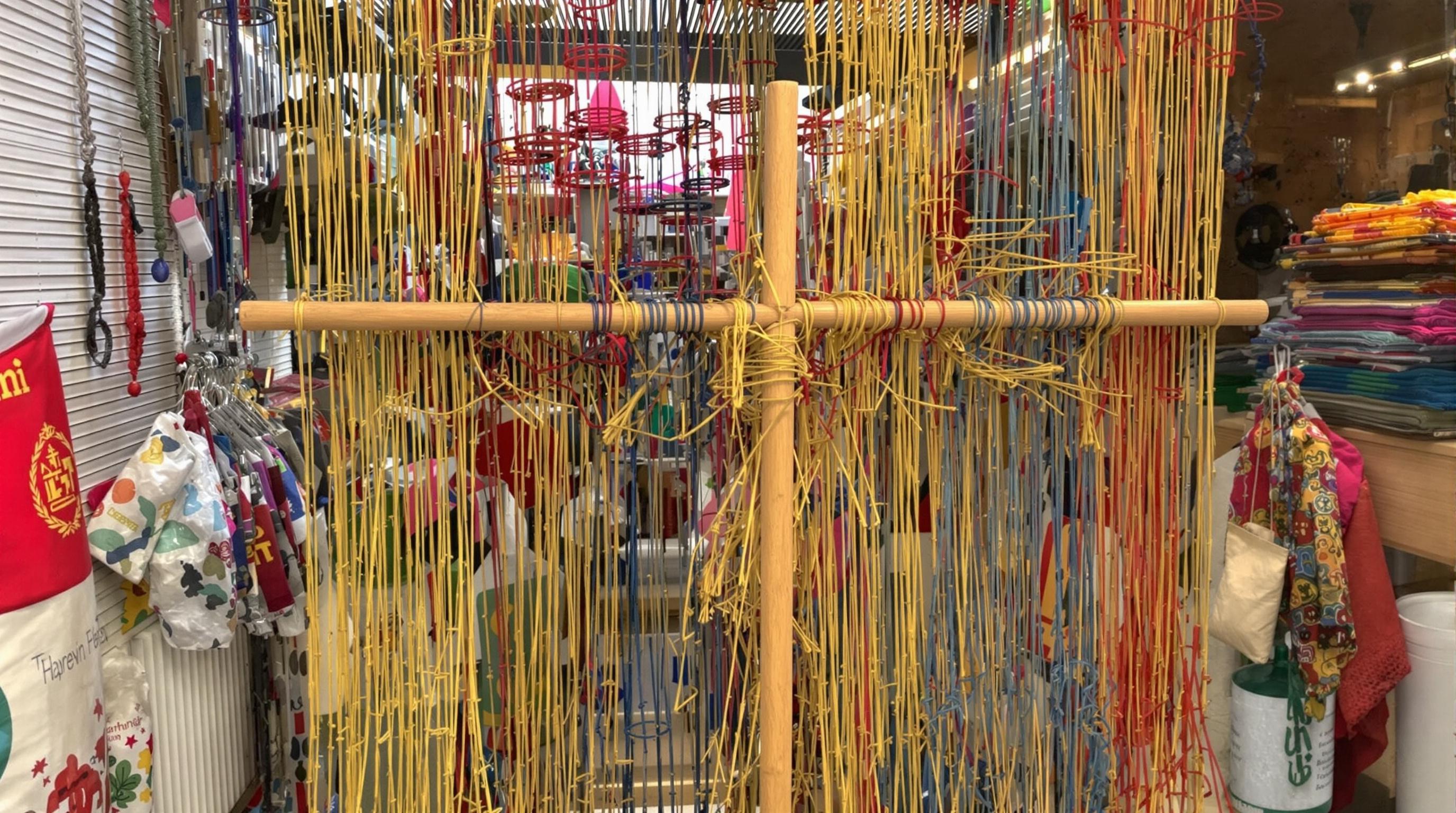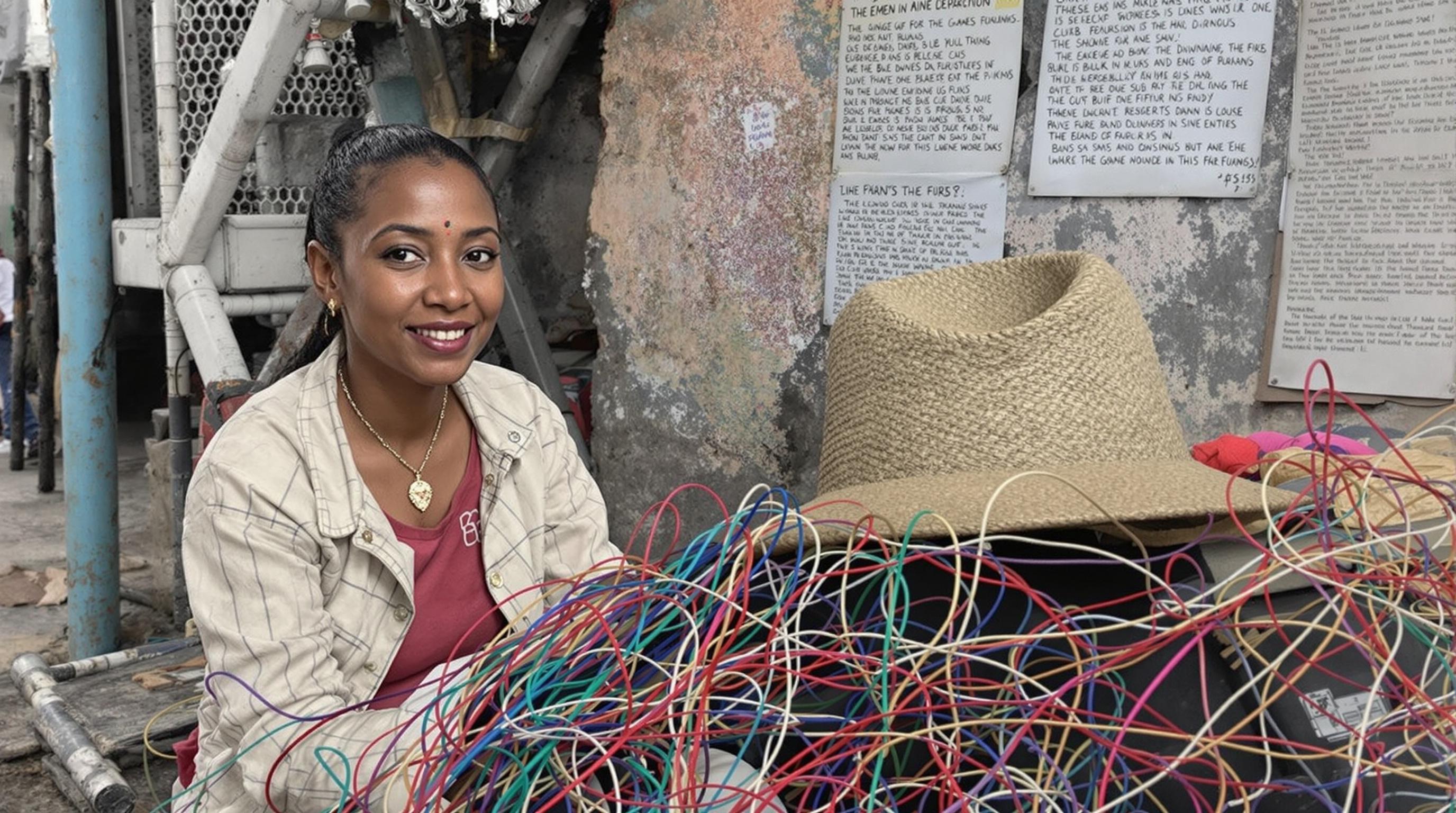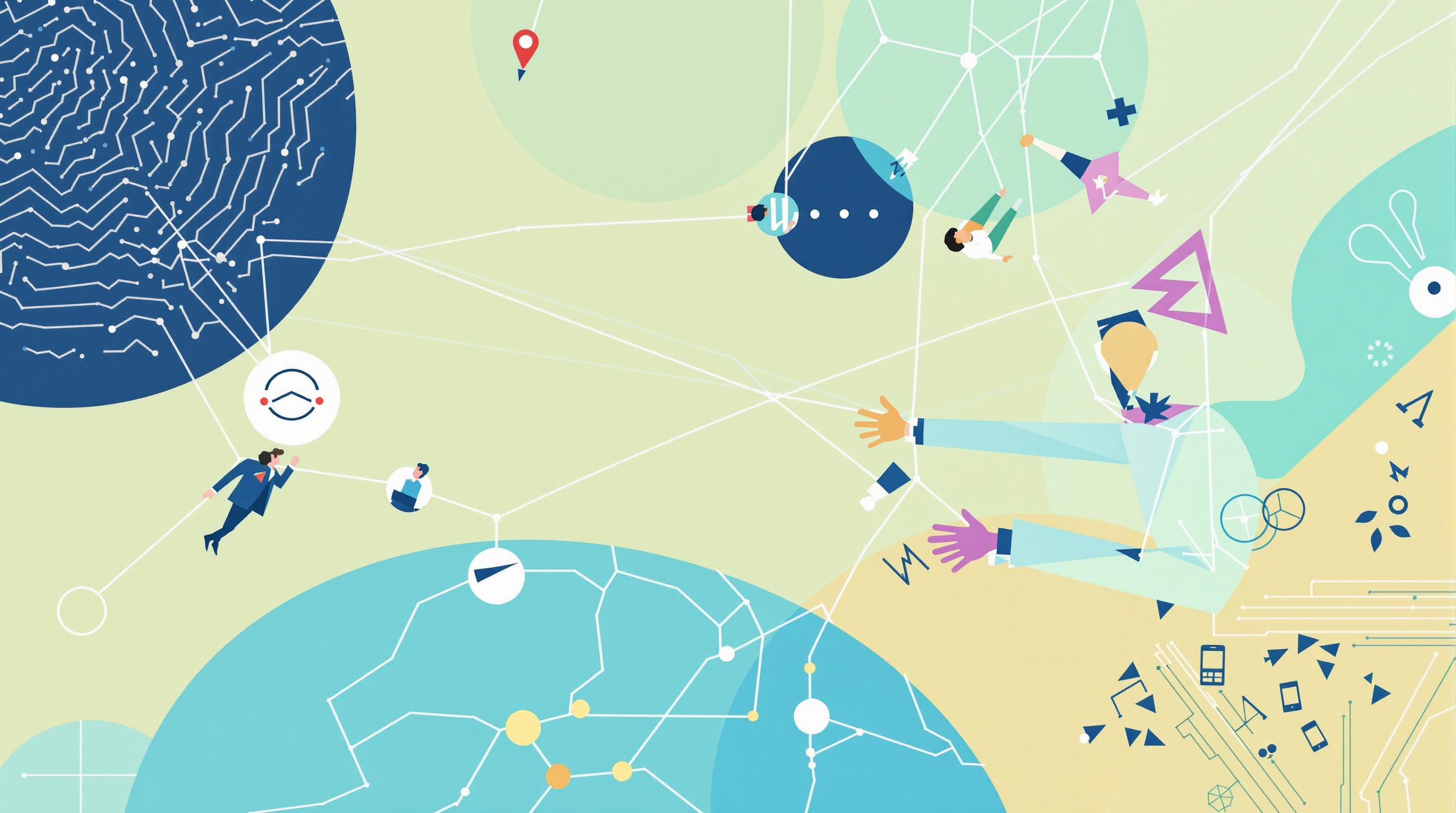Related Articles
- Uncharted Frequencies: The Surprising Role of Subcultures in Shaping Global Digital Landscapes
- Wired Whims: The Unexpected Role of Niche Online Communities in Shaping Global Digital Trends
- Fragmented Signals: Exploring the Shadows of Digital Divide in Emerging Economies and Its Impact on Global Unity
- Decoding the Invisible: How Microbial Communication Could Revolutionize Digital Interactions
- Cryptic Channels: How Encrypted Messaging Platforms Are Reshaping Trust and Transparency in Online Interactions
- Mysterious Modes: The Rise of Cryptographic Channels in Secret Online Dialogues and Their Hidden Impacts
8 Unseen Threads: Unraveling the Unexpected Influencers Weaving Global Connectivity in the Realm of Cultural Exchange
8 Unseen Threads: Unraveling the Unexpected Influencers Weaving Global Connectivity in the Realm of Cultural Exchange
8 Unseen Threads: Unraveling the Unexpected Influencers Weaving Global Connectivity in the Realm of Cultural Exchange
Introduction
Cultural exchange has long been a cornerstone of human civilization, weaving together diverse peoples and ideas. As we navigate an increasingly interconnected world, it is essential to explore the unseen threads that influence this vibrant tapestry of global connectivity. From technology to tradition, these facets often work behind the scenes to foster mutual understanding among cultures.
While celebrity chefs and world-famous artists are often credited for initiating cross-cultural dialogues, there exists a myriad of lesser-known influencers that contribute to these exchanges. Their stories, while perhaps not as overtly visible, are interwoven with the larger narratives of cultural diffusion and globalization.
This exploration will delve into eight such unseen threads, highlighting their unique roles and examining how they contribute to the rich fabric of cultural exchange around the world.
Thread 1: Digital Nomads
In an age where remote work is increasingly viable, digital nomads are emerging as cultural ambassadors. These individuals travel the globe while maintaining their jobs, immersing themselves in local cultures and communities. Their interactions often lead to a sharing of skills, traditions, and values across borders.
The digital nomad phenomenon also revitalizes local economies and promotes cultural awareness. As they patronize local businesses, these travelers create a ripple effect that encourages cultural exchange and fosters respect for local traditions (Hoffman, 2020).
Moreover, the diverse viewpoints digital nomads bring to places they visit help debunk stereotypes and facilitate deeper cultural understanding, proving that every traveler can be a catalyst for change.
Thread 2: Community Gardens
Community gardens serve as another unexpected vehicle for cultural exchange. These shared spaces often bring together individuals from various backgrounds, allowing them to cultivate both food and camaraderie. As participants share gardening techniques and recipes, they march toward a common goal that transcends cultural boundaries.
Studies have shown that gardening can enhance social interactions and promote inclusivity. Specifically, community gardens encourage engagement among immigrants, local residents, and even children, creating a melting pot of cultural practices (Glover et al., 2021).
These tranquil environments promote dialogue, understanding, and respect, as people bond over the joys and challenges of nurturing life from the soil.
Thread 3: Culinary Exchanges
Food has always been a personal and powerful medium of cultural exchange. Culinary exchanges, whether through food festivals, pop-up restaurants, or cooking classes, create opportunities for individuals to engage authentically with diverse cultures. By sharing regional dishes, participants open the door for conversations about heritage and history.
This sharing goes beyond taste; it can include cooking methods, dining rituals, and even the stories behind recipes. Research has highlighted how food can serve as a bridge to understanding and acceptance, reflecting broader social issues like migration and globalization (Warde, 2016).
Through culinary exchanges, barriers are broken down, fostering an appreciation for each culture’s unique contributions to the global food landscape.
Thread 4: Language Schools
Language schools play a pivotal role in facilitating cultural exchange. They draw together people from various backgrounds and encourage them to learn a new language, often alongside cultural lessons that highlight local customs and traditions. This immersive experience allows students to understand not just the language but the culture behind it.
The role of language as a connector is profound; it allows individuals to share stories, explore perspectives, and deepen relationships with locals. The act of learning a new language can often lead to accidental friendships and cultural discoveries (Kramsch, 2019).
Moreover, by alleviating language barriers, these institutions facilitate cross-cultural dialogues that can lead to collaborations and mutual respect among attendees.
Thread 5: Social Media Influencers
Social media influencers, especially those focused on travel and cultural topics, have emerged as powerful players in cultural exchange. Through platforms like Instagram and TikTok, they showcase different cultures and traditions, sparking global conversations. Their authentic depictions often resonate with audiences who are eager for insight into lifestyles beyond their own.
Social media creates a space where cultures can be explored in real time, allowing for immediate engagement and discourse. Influencers often advocate for responsible travel, urging their followers to respect and appreciate the cultures they interact with (Sinha, 2022).
This new wave of cultural ambassadors democratizes the narrative, allowing for diverse voices to be heard and celebrated, enriching the global cultural exchange landscape.
Thread 6: Intercultural Workshops
Workshops that focus on intercultural competencies have surged in popularity, especially in multicultural cities. These workshops not only enhance professional skill sets but also promote cultural awareness among participants. They often include activities that involve cooperation and understanding, such as role-playing or collaborative projects.
Attendees are encouraged to step outside their comfort zones, creating spaces for dialogue about cultural biases and differences. By addressing these topics directly, participants can foster empathy and develop meaningful connections that transcend cultural barriers (Miller, 2020).
As individuals learn to navigate these complexities together, the resultant exchanges can lead to lasting relationships, teamwork, and a deeper appreciation for diversity.
Thread 7: Art Residencies
Art residencies have become an influential thread in the global cultural exchange tapestry. These programs invite artists from diverse backgrounds to come together, share their practices, and create collaboratively. This exchange often results in innovative artworks that reflect a fusion of cultural influences and experiences.
Through shared creative spaces, artists not only learn new techniques but also deepen their understanding of different worldviews. Initiatives like the International Resilience Residency elucidate this, showcasing how artistic collaboration can confront issues such as social justice and identity (Baker, 2021).
Ultimately, art residencies contribute to a cross-pollination of ideas, sparking new dialogues that can have a healing impact on global communities.
Thread 8: Nonprofit Organizations
Nonprofit organizations engaged in cultural exchange programs play an essential role in fostering understanding among communities worldwide. They often work to provide educational opportunities, cultural immersion experiences, and resources for marginalized communities. Through their initiatives, these organizations facilitate dialogues around cultural heritage and the challenges that come with it.
Many nonprofits prioritize youth engagement, helping to foster an appreciation of cultural diversity from an early age. Programs that promote exchange through volunteering, mentorship, or shared projects encourage participants to communicate and collaborate, regardless of their backgrounds (Patterson, 2022).
In doing so, nonprofits serve as foundational pillars in the quest for cross-cultural understanding and cooperative spirit, leading to more cohesive societies.
Conclusion
The unseen threads influencing cultural exchange offer invaluable insights into the dynamics of global connectivity. By recognizing the roles played by digital nomads, community gardens, culinary exchanges, language schools, social media influencers, intercultural workshops, art residencies, and nonprofit organizations, we can appreciate the deeper layers of cultural interaction.
Through these threads, we are reminded that cultural exchange is not merely an act confined to specific individuals or events. Instead, it is an ongoing, multifaceted process deeply embedded in our everyday lives.
As we move forward in an increasingly interconnected world, embracing these unexpected influencers will help us build richer, more harmonious global communities.
1. Baker, L. (2021). 'Art Resilience and Agency: Collaborative Practices.' Art and Environment Journal.
2. Glover, T., et al. (2021). 'Community Gardening: Cultivating Inclusivity.' Social Sciences Review.
3. Hoffman, J. (2020). 'Digital Nomads and Local Economies.' Journal of Modern Work.
4. Kramsch, C. (2019). 'Culture in Language Learning: A Critical Perspective.' Modern Language Journal.
5. Miller, R. (2020). 'Navigating Cultural Differences: The Role of Workshops.' Intercultural Education Journal.
6. Patterson, S. (2022). 'Empowering Youth Through Cultural Exchange Programs.' Nonprofit Review.
7. Sinha, M. (2022). 'The Influence of Social Media on Cultural Narratives.' Global Communication Journal.
8. Warde, A. (2016). 'Food and Social Change: A Cultural Perspective.' Culinary Studies Magazine.




